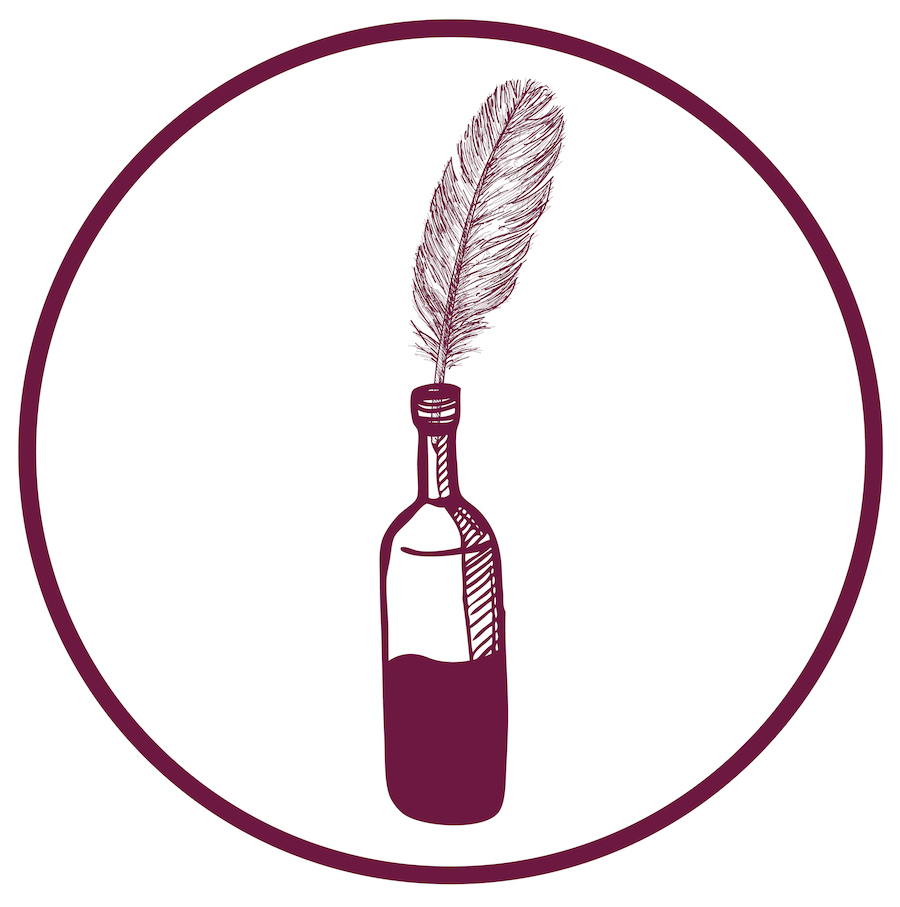Updated December 2021
Looking to make the most of your time during the COVID lockdown? Check out our list of 5 ways to expand your wine knowledge from home:
1. Take a WSET class online
WSET courses are for wine enthusiasts as well as professionals! Learn about regions, varietals, tasting methods, and much more. Courses can be taken online, and now for the first time ever the test is also offered online.
For those in the US we recommend Napa Valley Wine Academy which has testing locations throughout the States. The academy offers WSET Levels 1 – 4 online, and now includes some sample wine tasting kits with purchase.
For individuals in Europe, the WSET headquarters is in London and is a bit less expensive but does not include tasting kits.

WSET 1: ~8 hours minimum study time
For beginners who want to learn more about regions, varietals, etc. If you’re a cork dork and go wine tasting often, this might be too elementary.
WSET Level 1 Practice Exam
In need of sample WSET level 1 questions? Take this sample quiz to see if you should skip and go straight to Level 2.
WSET 2: ~30 hours minimum study time
I’ve tasted at many wine regions across the world, and regularly geek out on wine blogs. Therefore, I started at Level 2. You can read what it’s like to take the WSET 2 online from our post.
You’ll learn more about decisions in wine making, grape varieties, and the tasting method to identify the quality of a wine. Napa Wine Academy now ships limited tasting kits to its students so you can go through the tasting methods with the instructor.
WSET Level 2 Practice Exam
Want to get a sense of WSET level 2 exam questions for 2020? Check out The Wine Scribes WSET Level 2 Sample Exam.
WSET 3: ~85 hours minimum study time
This course covers 80+ wines, so we’d recommend taking this one in person for the best chance to calibrate one’s pallette. However, the class is offered online with tasting kits available and dedicated teachers figuring out how to make this work!
Looking for more practice WSET exams? Subscribe to our mailing list to receive new updates and new sample quizzes.
2. Pick up a Book!
Wine Folly has incredibly helpful visuals. It’s more encyclopedia than novel, but we’ve still read this front to back and keep a copy on our coffee table to reference as we open new bottles.
Amber Revolution: How the World Learned to Love Orange Wine: Orange wine has gained admiration over the past few years, but it’s made with some of the world’s oldest winemaking traditions. Ancient methods such as using a Qvevri – giant clay pots buried in the ground for fermenting, aging and storing wine.
Cork Dork: Our #1 favorite book about wine. The quirky story of a journalist who’s inspired by the ability of a sommelier. The narrative follows as the author leaves her day job and learns the trade through working in New York’s high-end restaurants, “orgy”-like wine festivals and scientific studies.
3. Watch a Movie
Somm: (Hulu and Amazon) This documentary is a unique insight into the competitive and obsessive minds of four individuals as they study for the Master Sommelier test, of which only 269 people have passed since 1969.
Sour Grapes (Netflix and Amazon) A documentary of a young man, new to the wine scene, who makes an impression on everyone. He’s full of knowledge, has impressive connections, and most importantly he has access to rare wines – of which he begins to sell to the world’s most famous collectors.
After selling an estimated $150 M’s worth of rare wines, a few winemakers and collectors begin to note some peculiar irregularities, leading to the discovery of the world’s largest known wine fraud. Some of these bottles going for over $10,000 were likely made by blending cheaper wines in his kitchen sink!
It’s hard to imagine how one man could pull off such a heist; this movie is a must watch!
4. DIY Food and Wine Pairing Experiment
photography by Janet Engelhard, source Wine Folly
Wine Folly has a great template to create your own food and wine pairing experiment! Get creative with simple foods you have around the house, and get a better understanding of how these bring out different characters in wine.
We also love doing our own experiment with a cheese plate (that includes nuts, jams, and fruit) with a few wines as well. Eventually, it becomes easier to think about how characteristics of food interact with different aspects of wine and you can start planning a dinner party with friends to show off your skills.
Don’t miss our guide on coping with quarantine for more wine-themed activities from home.
5. Enroll in a winemaking program
If you’re serious about working in the wine industry or even owning your own winery, then we’d highly recommend getting some hands-on experience. In addition to experience, fundamentals are equally important.
There are a few schools offering continuing education programs for winemaking, but few are as reputable as UC Davis. Luckily for us in quarantine, UC Davis offers their Winemaking Certificate program online.
This program is 18 – 24 months of work and includes quarterly graded coursework with a myriad of topics including the history of wine, viticulture, wine stability and sensory analysis. Perhaps the best part of these courses are the networking connections and exposure to the seasoned UC Davis professors.






